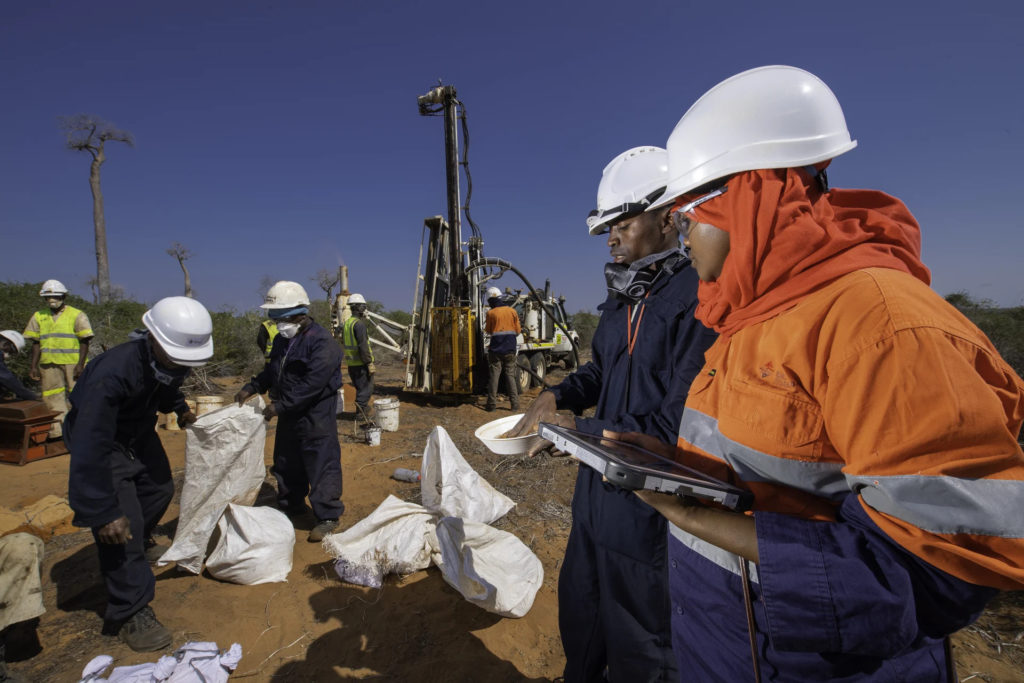
Madagascar has lifted its suspension on Energy Fuels’ (NYSE: UUUU, TSX: EFR) 100%-owned Toliara critical minerals project, aiding the company’s diversification from uranium as it restarts development on what could be a “crown jewel” in the African nation’s economy.
The Madagascar government initially suspended the project back in November 2019, pending negotiations on its fiscal terms.
Energy Fuels’ CEO Mark Chalmers said the suspension lift represents a “very significant step” in the project’s development, as it allows the company to re-establish social programs and advance the technical, environmental and social activities necessary to achieve a financial investment decision, which it expects to make in early 2026.
The company acquired the Toliara project in April with its purchase of Australia’s Base Resources for A$375 million ($241 million). At the time, Chalmers said the project would provide a large portion of the raw materials needed for the company’s rapidly expanding REE (rare earth elements) oxide production facility in Utah.
“Having closely evaluated countless mining projects around the world during my 45-year career, I believe the Toliara project is truly a ‘generational’ mining project, having the potential to provide the US and the rest of the world with large quantities of critical minerals for many decades,” Chalmers said in Thursday’s news release.
Energy Fuels’ stock surged 7.1% to C$10.24 as of 2:00 p.m. ET following the announcement, taking the US-based uranium producer’s market capitalization to C$2.1 billion ($1.5bn).
The Toliara project currently holds a mining permit that allows production of titanium and zirconium minerals, including ilmenite, rutile and zircon. Following the suspension lift, Energy Fuels said it will look to add REE production to the existing mining permit.
According to a definitive feasibility study from 2021, the Toliara project, underpinned by Ranobe deposit, is estimated to contain 904 million tonnes in ore reserves at 6.1% heavy mineral, which are sufficient to support an initial 38-year mine life.
The study estimated an after-tax net present value of (10% discount rate) of $1 billion, an after-tax internal rate of return of 23.8%, undiscounted life-of-mine free cash flows of $5.9 billion, and initial capital expenditures of $520 million to achieve first production.
These results are based on the production of ilmenite and zircon alone. The Ranobe deposit also contains large quantities of monazite, a rich source of REEs used in magnets (neodymium and praseodymium, dysprosium and terbium), electric vehicles, and a variety of clean energy and advanced technologies.
Incorporating the monazite production, Base Resources released in 2023 a prefeasibility study that improved the economics: $2 billion after-tax NPV, 32.4% IRR and $10.7 billion cash flow. The initial capital cost was $591 million.
According to Energy Fuels, the Toliara project is expected to be a cornerstone source of monazite supply, providing a long-term and large-scale supply at 21,800 tonnes per annum to the White Mesa mill for processing into REE oxides and other advanced REE materials.
Processing monazite from Toliara will also add approximately 75,000 lb. of low-cost uranium production (at an incremental cost of approximately $8 per pound) per year at the mill, totaling approximately 3 million lb. of recovered U3O8 over the life of the project, according to company estimates.
As the monazite will be a very low-cost byproduct of Toliara’s primary ilmenite and zircon production, the total cost of production of REE oxides at the mill is expected to be low-cost and globally competitive, the company says.